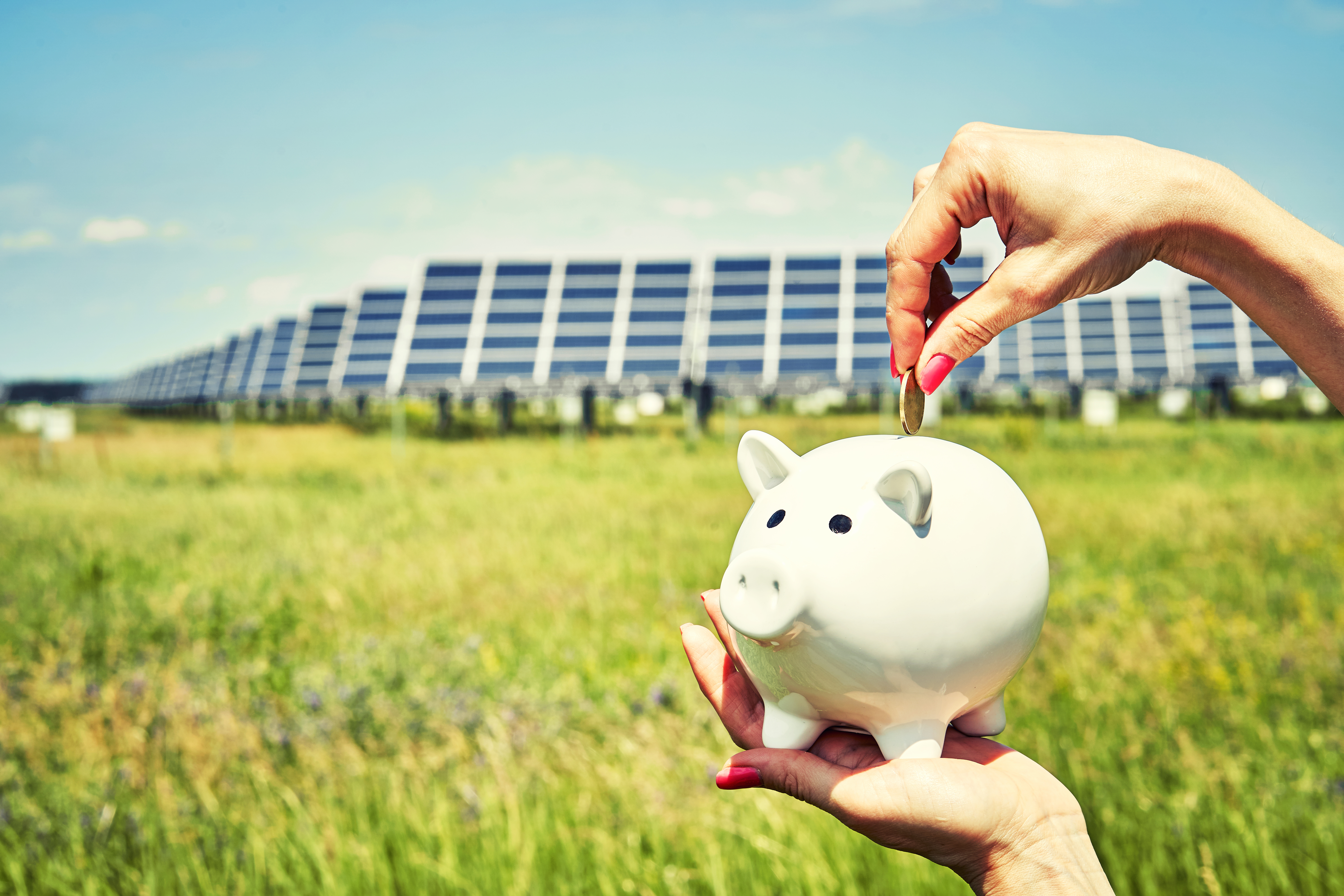This quick read from Forbes delivers some eco-friendly ways to create a greener lifestyle, whether you've gone solar yet or not.
When we talk about climate change, it is easy to get overwhelmed with the sense that the problem is so big that there is nothing we can do to help. Nevertheless, there are easy, actionable ways to reduce your individual carbon footprint. In honor of Earth Day, here are a few of the top financial moves you can make to help the planet.
Buy Renewable Energy
Wind and solar farms create energy that goes into the power grid along with energy created from fossil fuels. It is impossible to know the source of energy once it enters the grid, so renewable energy credits (RECs) were created to track when power is generated from renewable sources. One REC is created for each megawatt-hour of renewable energy produced.
By purchasing a REC and the megawatt-hour of energy associated with it, you can source your energy from renewables. As more and more RECs are purchased, the demand for renewable energy should grow, as should the number of wind and solar farms in operation.
So how do you buy renewable energy? One method is through a company called Arcadia Power, which serves as a matchmaker between consumers and energy producers who are selling RECs. When you sign up with Arcadia, they will source 50% of your monthly energy needs through the purchase of RECs.
The best part? It’s free.
You keep your existing energy provider, but make your normal monthly payments to Arcadia, who in turn pays your provider. There are no contracts and your energy bill will not increase. Since I signed up, I have offset the equivalent of 5.03 tons of carbon dioxide and have not paid an extra penny.
Purchase Solar and Other Energy-Efficient Property
The clock is ticking on the federal tax deduction for purchasing and installing energy-efficient equipment in your home. Through the end of 2020, a deduction equal to 26% of the cost of purchasing and installing equipment such as solar electric property, solar water heaters, geothermal heat pumps, and small wind turbines is available. Solar roofing panels are included as long as they collect energy and serve more than a structural purpose on your roof.
In 2021, the credit will be reduced to 22%, and starting in 2022, this deduction will go away entirely unless it is extended through additional tax legislation. Take a look at the IRS’ Q&A to learn more about federal deductions and be sure to explore whether your state offers any additional incentives. These credits are not available for leased equipment.
Choose Investments Designed to Minimize Carbon Output
Our investment portfolios are the largest source of money, and thereby power, that we control yet we rarely consider how that money is being used. There are several ways to invest for impact from choosing ESG investments that focus on a company’s environmental, social, and governance practices to choosing investments that screen out investments that contradict with your personal values and beliefs.
It’s best to start thinking about investing this way by identifying what is most important to you. If reducing your carbon footprint is at the top on the list, you can look for mutual funds that receive a high score on websites like www.fossilfreefunds.org or www.morningstar.com. Keep in mind that the basic investment principles on asset allocation, diversification, and mitigating expenses are still important to consider alongside issues like environmental impact.
This article was written by Danielle Seurkamp from Forbes and was legally licensed through the NewsCred publisher network. Please direct all licensing questions to legal@newscred.com.





